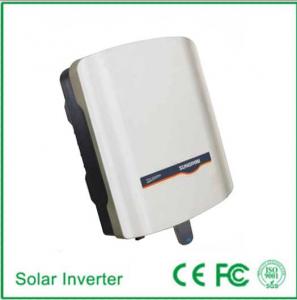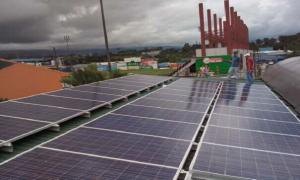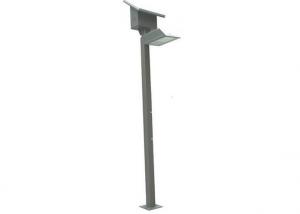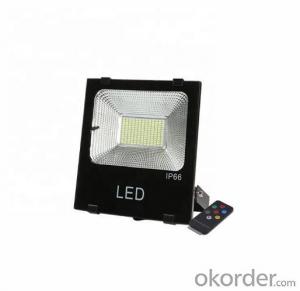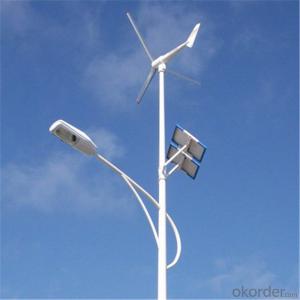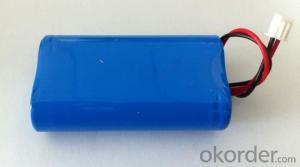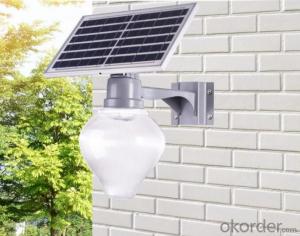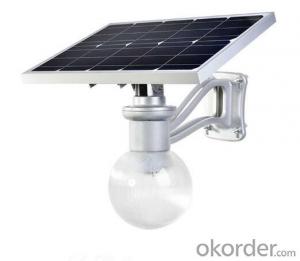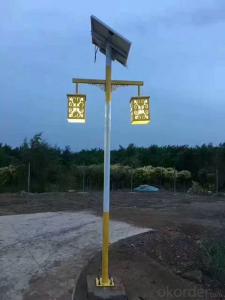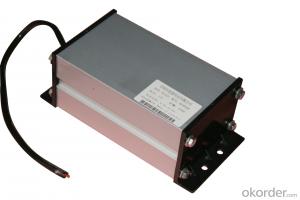Sungold Solar Inverter
Sungold Solar Inverter Related Searches
Sunpower Solar Inverter Suntech Solar Inverter Sunpower Solar Panel Inverter Sunrun Solar Inverter Sun Solar Inverter Sunshine Solar Inverter Sunway Solar Inverter Sunways Solar Inverter Microgrid Solar Inverter Solar Solar Inverter Senergy Solar Inverter Sunny Solar Inverter Synergy Solar Inverter Solaredge Solar Inverter Solar Light Inverter Solar Grid Inverter Solar City Inverter Solar Photovoltaic Inverter Sungrow Solar Inverter Cyberpower Solar Inverter Solaris Solar Inverter Inverex Solar Inverter Magnum Solar Inverter Solar Hybrid Inverter Solar Battery Inverter Morning Star Solar Inverter Ecostar Solar Inverter Solar Smart Inverter Solar Electric Inverter Solar Panel InverterSungold Solar Inverter Supplier & Manufacturer from China
Sungold Solar Inverter is a high-quality product designed to efficiently convert solar energy into usable electricity for various applications. These inverters are equipped with advanced technology, ensuring optimal performance and reliability in harnessing solar power. They are engineered to cater to the needs of both residential and commercial users, making them a popular choice for those seeking sustainable energy solutions.The Sungold Solar Inverter is widely used in a range of scenarios, from powering homes and businesses to supporting off-grid systems and backup power supplies. Its versatility and efficiency make it an ideal choice for those looking to reduce their carbon footprint and reliance on traditional energy sources. The inverter's ability to handle different solar panel configurations and capacities further enhances its appeal, making it a go-to option for a variety of solar energy projects.
Okorder.com is a reputable wholesale supplier of Sungold Solar Inverters, boasting a large inventory to meet the growing demand for sustainable energy solutions. With a commitment to quality and customer satisfaction, Okorder.com ensures that each inverter is thoroughly tested and inspected before being shipped to customers around the world. This dedication to excellence makes Okorder.com a trusted source for those seeking reliable and efficient Sungold Solar Inverters for their energy needs.
Hot Products


























